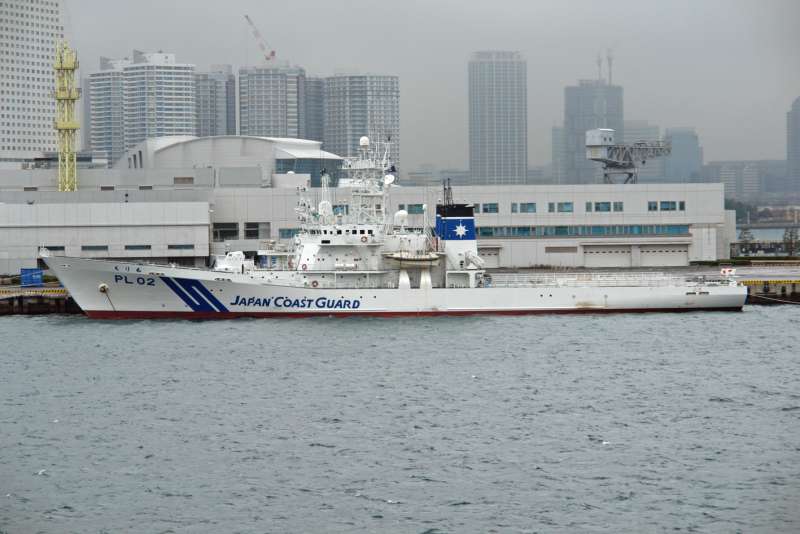
SHAH ALAM: Engines, Its the Engines. Malaysia and Japan on Wednesday signed the agreement for the donation of two Japanese Coast Guard ships to the Malaysian Maritime Enforcement Agency (APMM). The agreement was signed during the PM working visit to Japan.
The two ships donated are Okii and Erimo, both commissioned into service of the Japanese Coast Guard in 1989 and 1991, respectively. So by the time they arrived here next year, to be based in Kuantan and Kota Kinabalu, they will be around 27 years old.
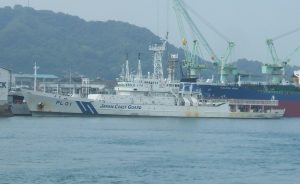
I believed that we accepted this high mileage ships as they are fitted with MTU diesel engines (I am wrong these boats are fitted with Japanese made diesel engines. HT to …). As most of the ships in APMM and the RMN are equipped with MTU engines, only ships fitted with these engines are likely to be chosen even if they are donated, free of charge.
It is for this reason, I believed the Government should start talking with Singapore over the possibilty of getting the Fearless class patrol vessels for the APMM once they are retired from Republic of Singapore Navy (RSN). These boats are also fitted with MTU engines.
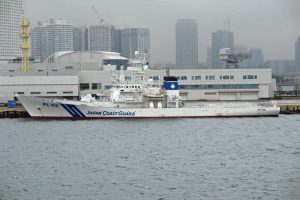
Although Singapore has not announced its plans for the Fearless class, it is likely that they will be retired once its replacement, the Littoral Mission Vessel are put into service.
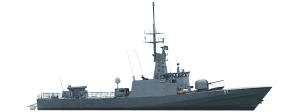
The first LMV, Independence, is undergoing trials and by all accounts will be commissioned on schedule in May, next year.
From Janes.
Independence, the lead ship of the Republic of Singapore Navy’s (RSN’s) Independence-class Littoral Mission Vessel (LMV) development programme, is on track to be commissioned in May 2017.
Lieutenant Colonel Chew Chun-Chau, head of the LMV programme, told media during a sail out aboard Independence on 30 September that further testing of the ship’s combat management system (CMS) and mission systems will be conducted over the following months leading up to its planned commissioning.
Two more are undergoing seas trials, Sovereignty (launched on April 16) and Unity which was launched on Oct 13. In May, ST Marine laid the keel for the fourth LMV. This means by 2020, the RSN is on track to induct all eight LMVs into service.
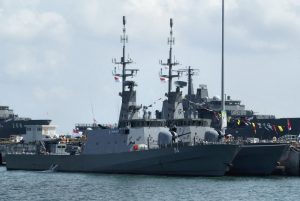
As the LMVs were built to replace the 11 Fearless class patrol vessels, it is likely that the RSN will retire the older boats, first, within the next three years. As the RMN has no desire for second hand boats, the redundant Fearless class will be a perfect fit for APMM.
Although APMM is getting six NGPCs and three OPVs within the next three years, it still needs to replace most of its fleet at the same time though money is very short currently. That’s is why getting the Fearless should be a priority for the APMM.
It should have no problems operating the Fearless class boats as they are also fitted with MTU engines. However, as the boats are fitted with Israeli made search radar and weapons director, APMM need to find new sensors for them.
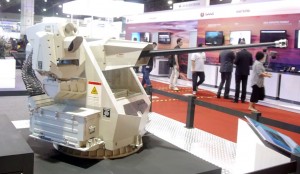
APMM may also need to replace the main gun, as RSN may have put the 76mm guns of the Fearless class on the LMVs. It could opt for the 30mm SMASH RWS gun being fitted on the NGPC, however.
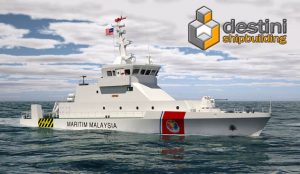
Industry sources when contacted said APMM probably need around RM15 million per ship to refurbish the Fearless class with new sensors and guns, if they get them. So for 10 Fearless class boats (11 remained in RSN books), APMM only need around RM150 million – the cost of three NGPC, which is still to me, a pretty good investment.
Furthermore, if in the future, funding is made available for more NGPC, the sensors and guns bought to refurbish the Fearless class, could be transferred to the new boats, reducing the capitalisation cost for the APMM.
The average age of the Fearless class is around 20 years, younger than most of the vessels already in service in APMM and the RMN. As this boats are mostly deployed around Singapore only, they are likely to be in a much better condition than the Japanese Coast Guard ships we are getting.
So why are we not talking with Singapore already? I have no idea.
* An earlier version of this post stated that the first vessel is call Oji. It is infact called the Oki. The earlier version of this post also stated that two vessels are probably fitted with MTU diesel engines. This is in correct, they are fitted with Japanese diesel engines.
— Malaysian Defence
If you like this post, buy me an espresso. Paypal Payment

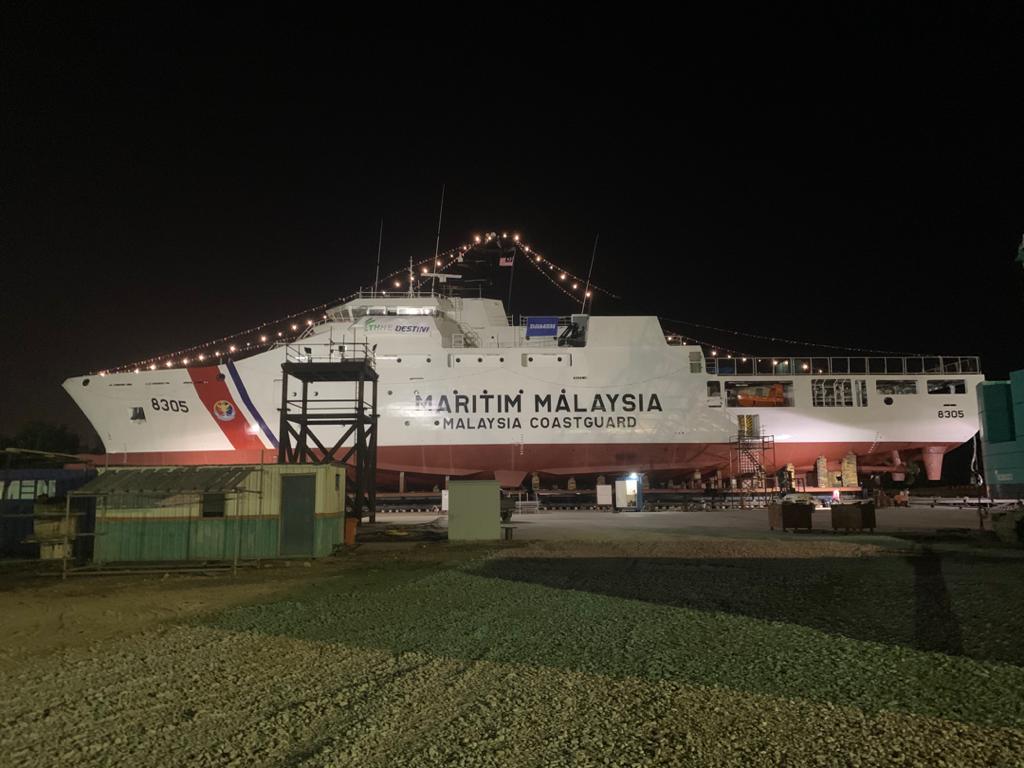

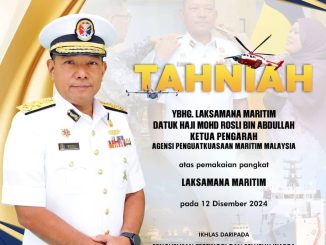
@ Marhalim
The ships uses japanese Niigata 8MG32CLX diesel engines.
If you like MTU engines, better ask Korean navy for their Chamsuri-class patrol boats. It would be the same size and performance as the ex-vospers that APMM is retiring. Khazakhstan got theirs for just usd100 per ship (yes really).
Reply
I don’t have any preference for any engine…its RMN and APMM that does
Meanwhile the best case scenario for Singapore, all 11 fearless class will transfer to Singapore Police coast guard to enhance their capability in future. who knows..
Off topic.
US DSCA has notified the congress on the possible sale of 40 Super Hornets to Kuwait.
Lets give kuwait’s 38 Legacy Hornets a new home…
Indonesia will be happy to take.
Sorry. In the Singapore boats for APMM….we dont work like that. Yes we may have taken 2 boats from Australian , Japan but then preference is to buy new for obvious reasons
Reply
I understand the preference, but where are we going to find the money to replace the old boats within the next three years?
a few of my opinions here:
https://www.malaysiandefence.com/mmea-and-assets/
These ex-JCG ships is big, comparable to Marikh OPV. Superstructure and helipad arrangemeny is slightly different between Oji and Erimo (The wikipage that I suspect detailing these ships are in Japanese).
@ nimitz
Yes there is a considerable arrangement differences between the PL-01 and PL-02 and the rest of the ships in the class. Personally I would have preferred the PL-03 instead of the PL-01 but we can’t be choosy for something given to us for free right?
We have half a dozen shipyards that could build a 30m++ patrol boats. Also, unlike navy ship, thes patrol boats don’t have to do be built using military standards, thus lowering cost
They could use the same (albiet larger) design as the ones perlis marine engineering company built for PPM
Should be way better than getting old ship with high mileage which may or may not suit mmea’s needs
Hmmm… I think alot of us are confused by the facts in this article.
After further research, this is what i found out.
1) The Oji and Erimo is NOT a different ship. The PL-02 was launched as Oji, but was renamed later into Erimo (during ships of border guard transfered to coast guard in 1997 or something like that).
2) PL-01 is the Nojima.
3) PL-01 is a single ship of the class, While PL-02 is among a class of 6 further similar ships. So most likely the ship to be given to MMEA is PL-02 and another one from PL-03 to PL-07.
Reply
I got the info on the two ships from MMEA
“Also, unlike navy ship, thes patrol boats don’t have to do be built using military standards, thus lowering cost”
I would caution against this. The South Korean coast guard has been subject to collisions by Chinese fishing ships, including a fast boat that was rammed and sunk last month.
The fishing ships that operate further south are substantially larger, so the outcome of a ramming could be catastrophic if our ships are not built tough enough.
Ships last a long time, much longer than foreign relations need to change direction. Plan accordingly.
AM,
Even a large combatant would suffer serious damage if rammed in the right place. Look at the damage RN ships suffered during the Cod War from ramming by Icelandic trawlers.
Dundun – ” Also, unlike navy ship, thes patrol boats don’t have to do be built using military standards, thus lowering cost”
”Military standards” means DC standards, the grade of steel, etc, not the thickness of the hull. Unlike in previous decades the majority of combatants in this age have relatively thin hulls. Even a ship built to ”military standards” would suffer serious damage if rammed – the key difference would be the level of DC the ship has and how well her crew are trained to react to damage taken.